"That these products have been in use for 50 years is testament to good design"
Interview: ahead of the opening of a permanent exhibition of David Mellor's street furniture, the British designer's son Corin talks to Dezeen about cataloguing an important moment in British design and how his father approached designing traffic lights and cutlery in the same way (+ slideshow).
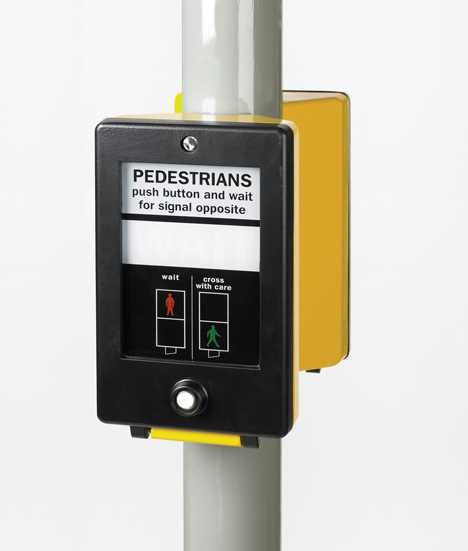
Best known for his cutlery designs, David Mellor also developed innovative street furniture in the 1950s and 1960s, including bus shelters, street lights, bollards and the traffic lights and pedestrian crossing boxes that are still used on Britain's roads.
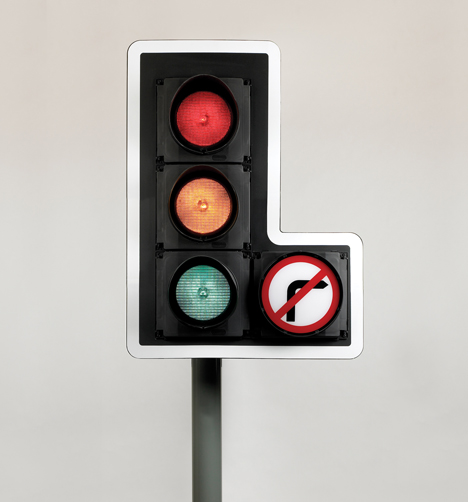
Corin Mellor says his father's democratic approach to design was well-suited to street furniture, as well as to designing his popular kitchenware: "He was always keen on design not being elitist but being for the masses, and it's the same with the street furniture."
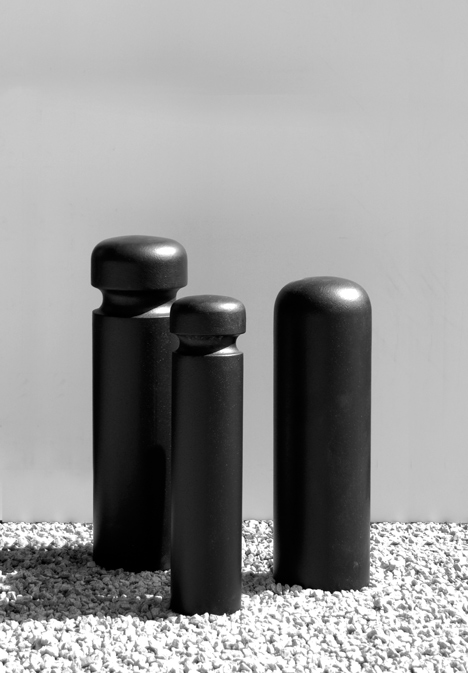
Mellor adds that the standard of their design is the reason for the products' enduring appeal: "The fact that these products have been standing in parks and on the sides of the road for fifty years is testament to good design."
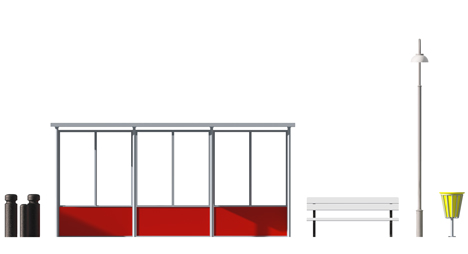
On the site of the David Mellor Design Museum at Hathersage in the Peak District National Park, a mock up of a street incorporating Mellor's designs has been built that Corin Mellor says is a tribute to his father's vision "that he could change the street scene."
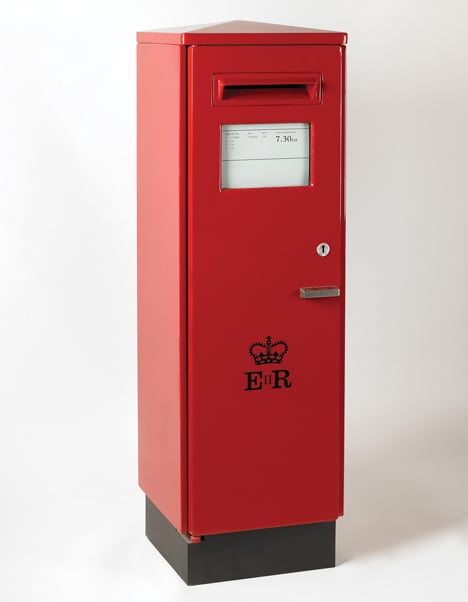
The installation features several products designed for street furniture firm, Abacus, as well as the traffic light system for the Department of the Environment and a square post box commissioned by the Post Office, which was intended to make the process of collecting mail more efficient.
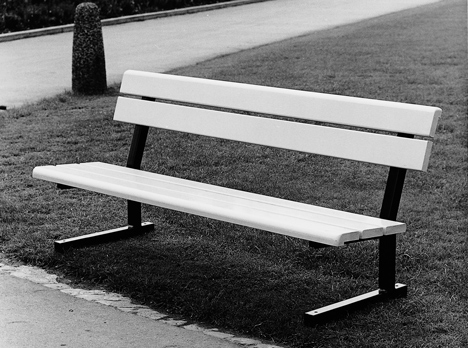
Outdoor seating and colourful rubbish bins also feature in Street Scene, which opens to the public on 8 September.
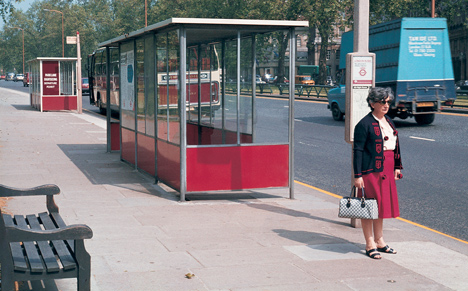
We recently published a smart street furniture solution in the form of billboards that perform helpful functions. At this year's Milan Furniture Fair, Zaha Hadid launched a wavy bench with street furniture brand Lab23, and Konstantin Grcic has created a modular outdoor seating system based on Mies van der Rohe's Barcelona Chair.
See all our stories about street furniture »
See our street furniture Pinterest board »
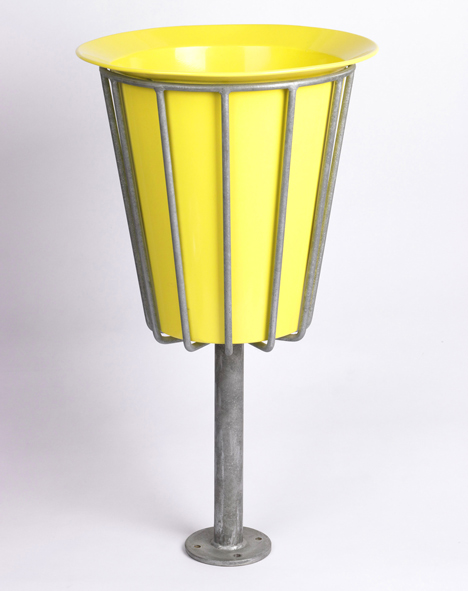
Here's a transcript of Corin Mellor's conversation with Alyn Griffiths from Dezeen:
Alyn Griffiths: What was the idea behind the Street Scene?
Corin Mellor: I suppose I felt it was an important part of British design history and, although we've got a few exhibits dotted around, I wanted to group it together and display it as it would be in a street.
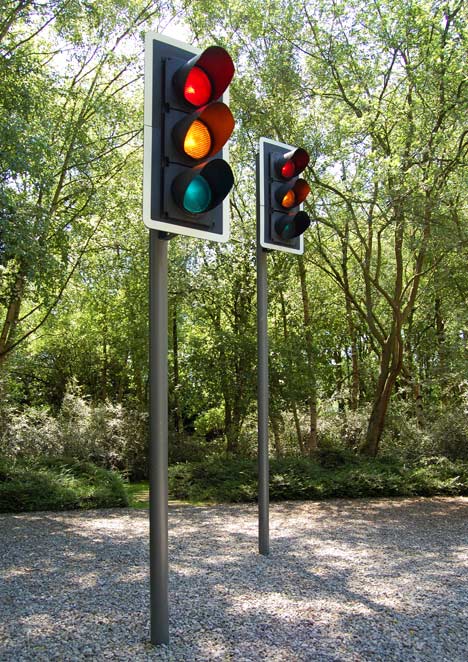
Alyn Griffiths: What does the installation look like?
Corin Mellor: It's basically laid out in a line, like a street, but made from beautiful York paving. It's about 30 metres long and people walk from the car park through the street scene past the shop to the design museum.
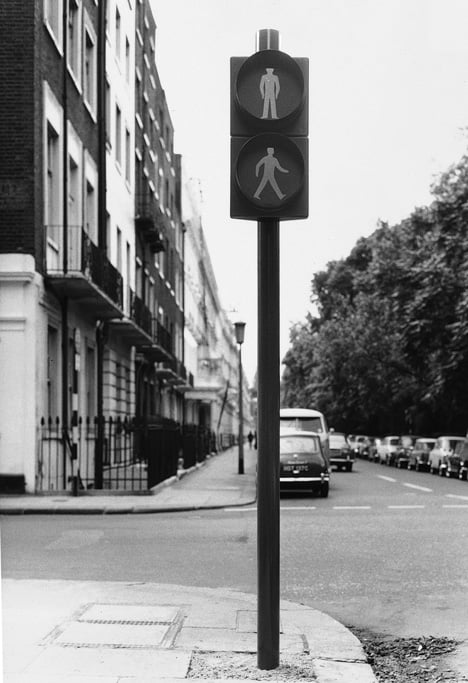
Alyn Griffiths: How did you choose which pieces to put on display?
Corin Mellor: I really put in what I think are the key pieces – the ones that were the most used in the country. I left out a few that I knew he was never really happy with and just tried not to overdo it: three types of bollard is enough for anybody!
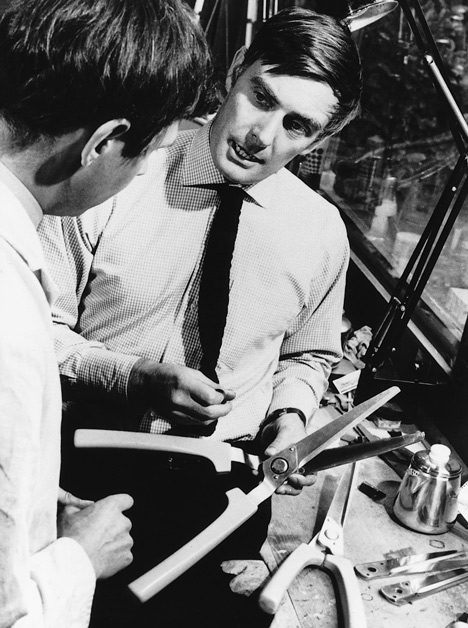
Alyn Griffiths: How did your father first get involved in designing street furniture?
Corin Mellor: He studied at the Royal College of Art and then he went on a sabbatical to the British School in Rome and was rather taken with the lovely ornate lampposts in the Borghese Gardens so he started designing a new lamppost while he was over there. I think he had a vision that he could change the street scene and I know it came from this sabbatical in Rome.
Alyn Griffiths: That's a bold vision for someone who was still a student at the time.
Corin Mellor: It is. Whether he thought he'd achieve it I don't know but I know that was his idea. And when he got back he literally drove around with rolled up pieces of paper trying to get manufacturers to take on his idea. He finally came across this firm in Derby called Abacus who were willing to give it a go and from then on most of his work was for Abacus, including the bus stop and the bollards; virtually all of it was through them.
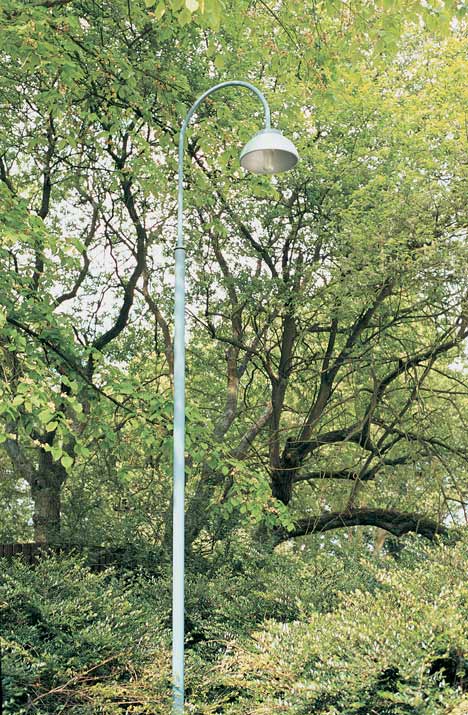
Alyn Griffiths: The design of the street lights for Abacus was quite radical at the time – can you explain why?
Corin Mellor: It was about getting the most out of new materials. It replaced ornate cast iron Victorian lampposts with tubular steel, which had just emerged and marked the change to modernism and truth to materials.
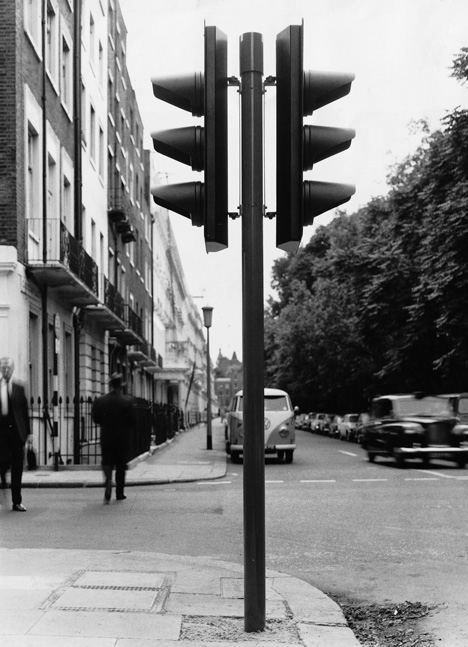
Alyn Griffiths: The traffic lights are probably the most recognisable product displayed in the Street Scene. What was your father trying to achieve with the design?
Corin Mellor: I think he was trying to simplify it, to make it a coherent and easy system to use for both the motorist and the pedestrian. He wanted to do that through the choice of materials and a very simple but effective design. I think if it was very stylised it would have changed since then but it is difficult to date it; it's just there, like the British motorway signs.
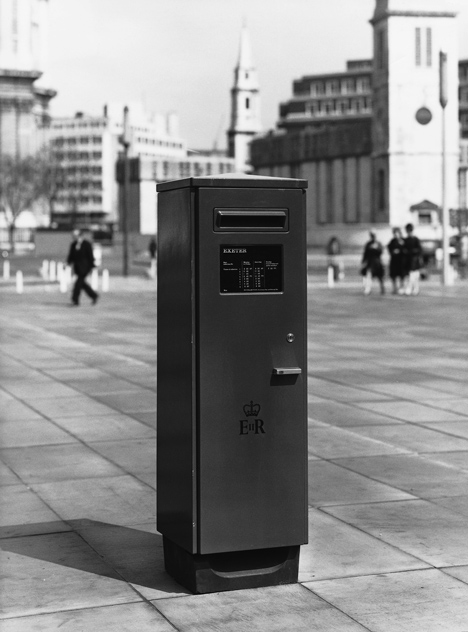
Alyn Griffiths: The design of the square pillar box was a clever reinterpretation of an established archetype – what was so revolutionary about it?
Corin Mellor: The materials, square shape and the clever internal mechanism were all revolutionary but all had a definite purpose. The square pillar boxes were made from sheet steel so were efficient to produce and maintain. One of the requirements of the project was to allow easier and more efficient collection and the new square shape created internal space for special mechanism. There is clearance inside for a hook, lever and hinged floor. The postman attaches his bag, pulls the lever and a chute is formed sliding the letters into the bag. The design actually reduced collection times by half.
Alyn Griffiths: How does this design encapsulate your father's vision for improving even the most familiar products?
Corin Mellor: As with my father’s other designs, the use of materials influenced the visual look of the design. His vision wasn’t about change for change’s sake but perhaps a belief that some things could simply be done better.
Alyn Griffiths: Was he disappointed that public opinion scuppered its widespread implementation?
Corin Mellor: The new design wasn’t scuppered totally (many thousands were installed and some examples remain in use to this day) but some members of the public had a problem with any changes to a familiar design. Having said that, he was disappointed that the design was never rolled out completely as it was, by any measure, an improvement.
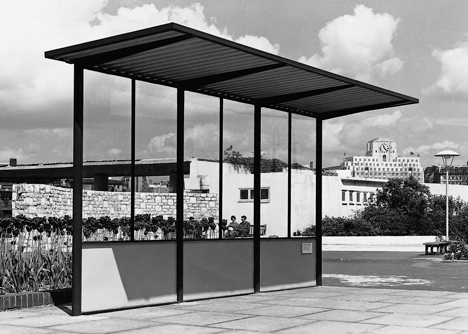
Alyn Griffiths: It's amazing that he was able to work across such vastly different scales - from cutlery to street furniture.
Corin Mellor: Yes, I suppose he had the same vision with the smaller scale things, that everybody should be eating with decent cutlery. He was always keen on design not being elitist but being for the masses, and it's the same with the street furniture. Good design for everybody – everybody should be able to sit on a modern park bench. It's the same process, whether you're doing something that's six inches long or sixty feet long, it's about getting the best out of the materials.
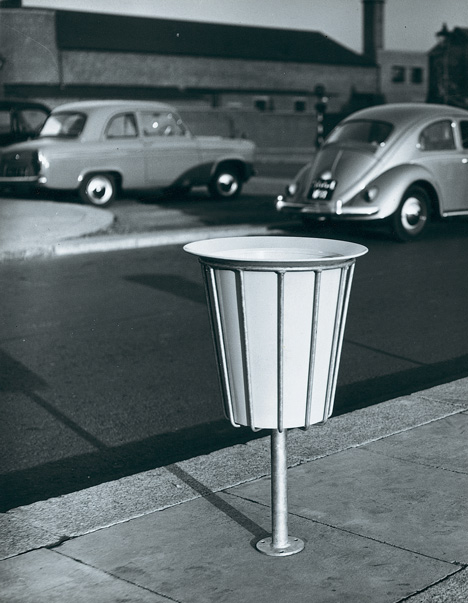
Alyn Griffiths: Do you think the street furniture your father designed has endured well?
Corin Mellor: I think so. They're starting to disappear now as there is much more contemporary street furniture around and it's getting a lot better, but the fact that these products have been standing in parks and on the sides of the road for fifty years is testament to good design.
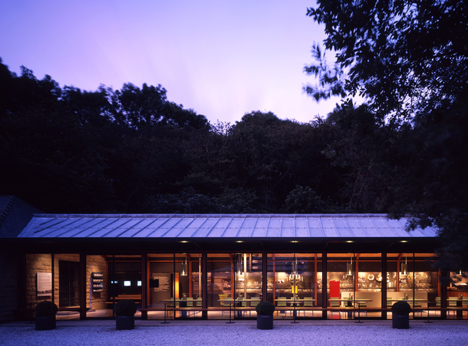
Alyn Griffiths: Did he draw satisfaction from the public's response to these products?
Corin Mellor: I think so. His interest in design would always just move on to the next project and he would never tell anyone he designed them but I'm sure it must have given him pleasure all the time, driving around and stopping at the traffic lights.